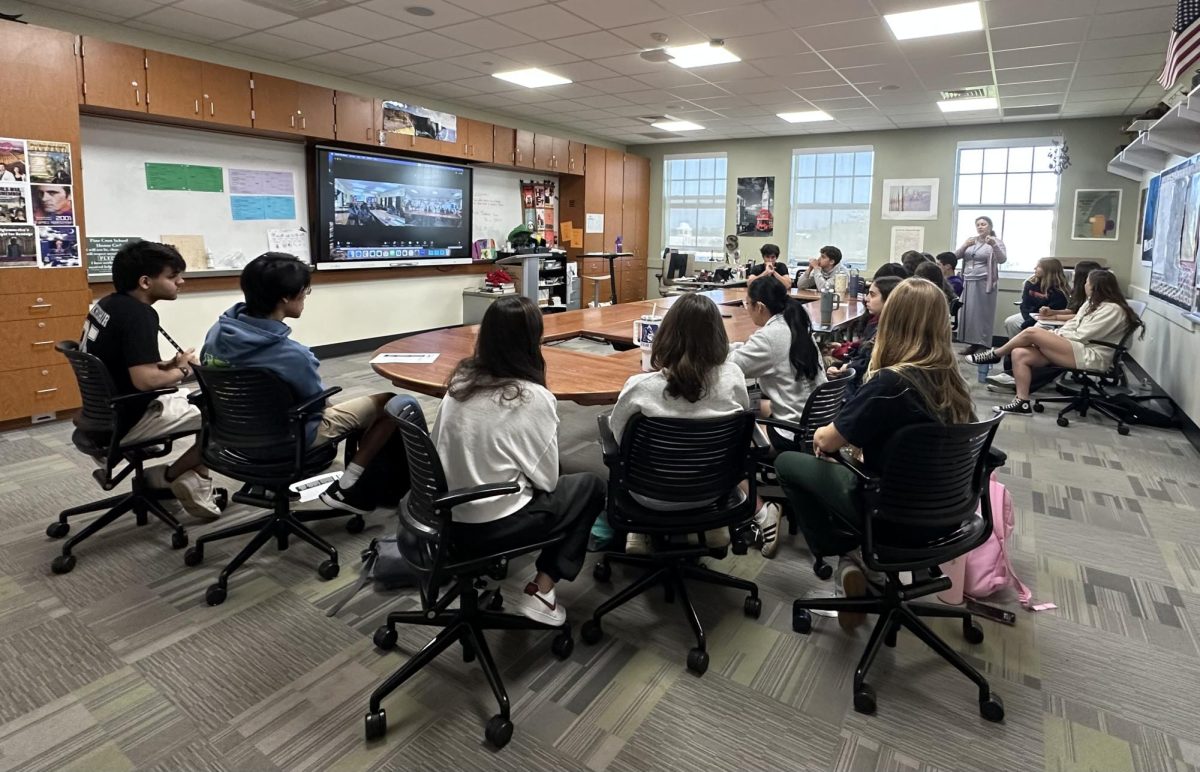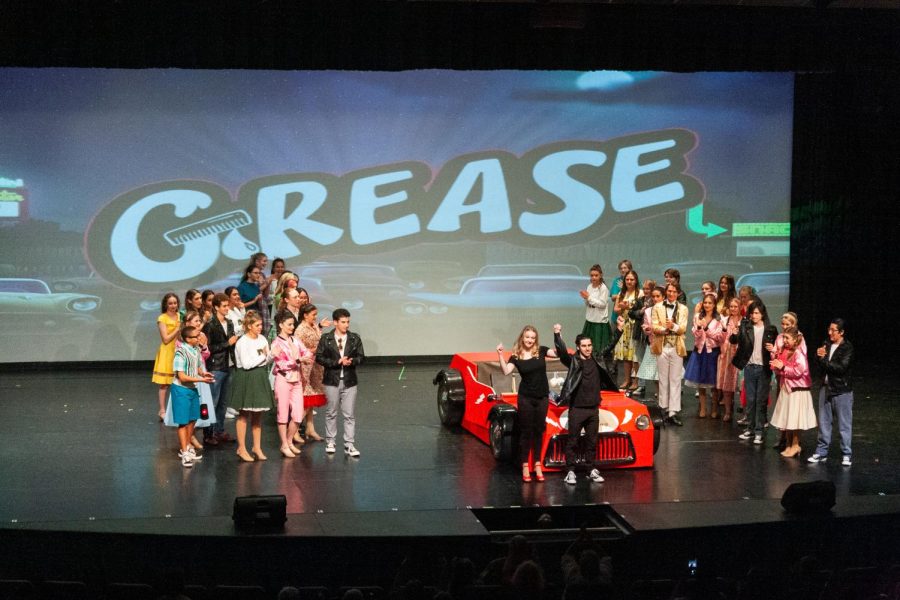[ot-caption title=”Devastated New Orleans under water after Hurricane Katrina in 2005. (via Mark Moran/commons.wikimedia.org)”]
Last Saturday, August 29th, 2015, was the ten year anniversary of the devastating Hurricane Katrina. The anniversary was celebrated throughout the city of New Orleans, Louisiana this week, coordinated by the Katrina 10 Project with the help of The Rockefeller Foundation. On this 10th anniversary, members of the New Orleans community reflected on the loss and celebrated the progress made.
Most members of the South Florida community are very familiar with Hurricane Katrina. For those who are not, Hurricane Katrina was a Category 5 hurricane that struck the Gulf Coast of the United States early in the morning on August 29th, 2005. Fortunately for us Floridians, it was only a Category 3 when it made landfall. Some places, like New Orleans, were not quite as lucky.
By the time the hurricane struck New Orleans, about 10,000 people had found shelter in the Superdome, the city’s sports stadium, while others awaited the storm at home. After hours of heavy rain, a storm surge came, overwhelming the city’s levees and drainage canals. The flooding was so devastating that the people had sit on the rooftops of their homes in order to stay above the water. Eventually, nearly 80% of the city was under some quantity of water. Hurricane Katrina killed nearly 2,000 people.
Katrina 10 is an organization created to celebrate the great progress that the city has made. The mayor Mitchell J. Landrieu even went on to say, “However, with the tragedy also came change.” In most instances, New Orleans has become the nation’s most immediate laboratory for innovation and development, especially in areas such as criminal justice and education reform.
Prior to Hurricane Katrina, New Orleans was not in the best shape, but the devastating storm caused massive growth. New Orleans used to lead the nation’s statistics for murder and local incarceration. Since the storm, the police department has been transformed to ameliorate the high crime rates. The city also faced high unemployment rates, a non-diversified economy, and high poverty. Now, the city is creating jobs in unique areas such as digital media and bioscience. According to Katrina10.org, this “new” New Orleans managed to reduce violent crime rates while promoting its name from the bottom of many lists to the top; the region is currently at its “highest point of economic rankings in its history.”
The citizens of New Orleans have been through life-changing experiences in recent years. To celebrate their achievements over the past ten years, the city recently held volunteer projects, prayer services, festivals, and wreath layings, along with a huge parade. It is inspiring to see a city coming together like this after unfathomable devastation. New Orleans is almost in better condition than it was before the storm hit, and the city will only continue to improve. From tragedy to reform, New Orleans is an inspiration to cities plagued by natural disasters around the world.
Sources: Katrina10.org

































![Stranger Things 4: What to Expect [Warning: Contains Spoilers]](https://pcpawprint.com/wp-content/uploads/2021/11/StrangerThings4-900x473.jpeg)
























































